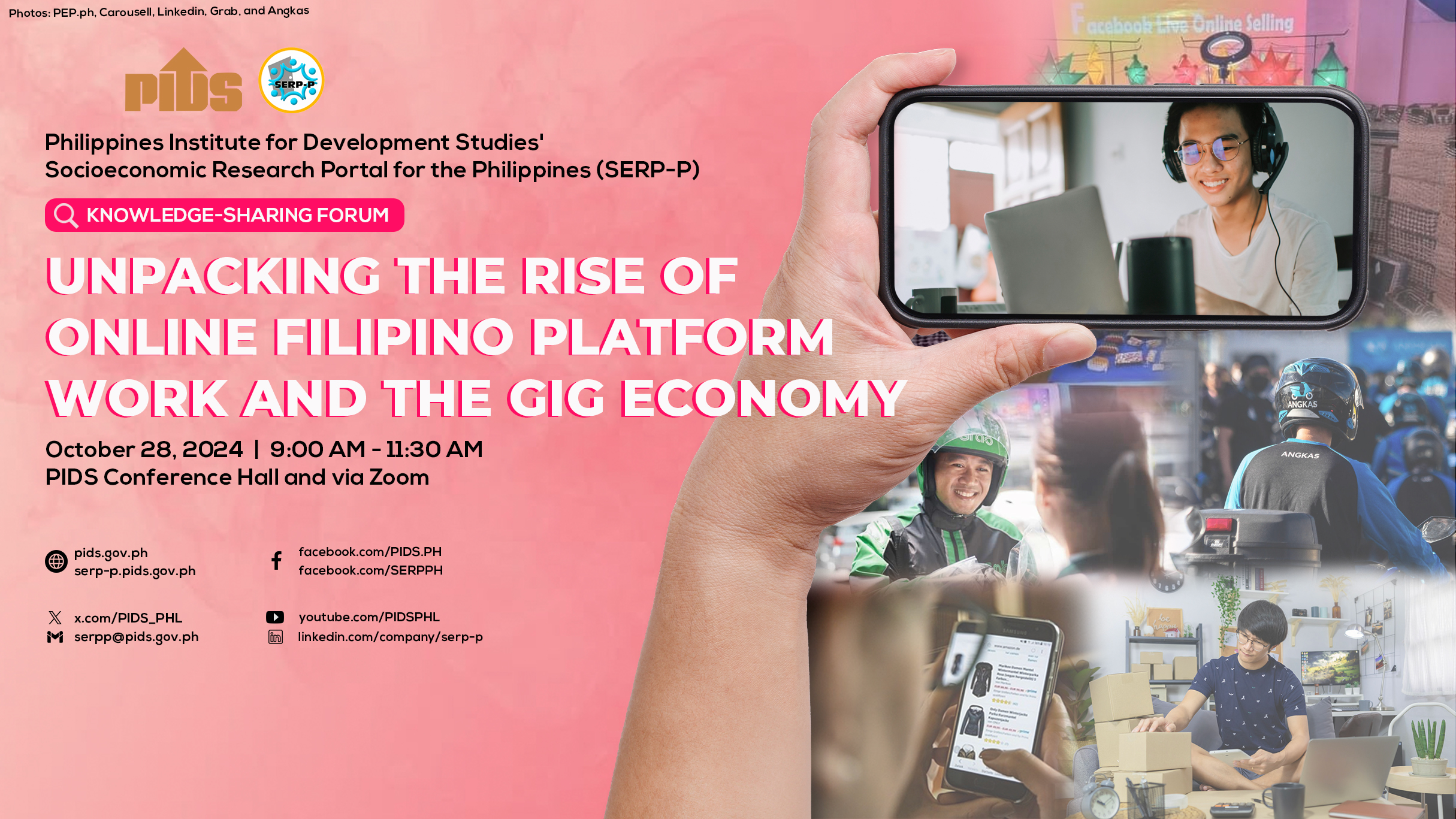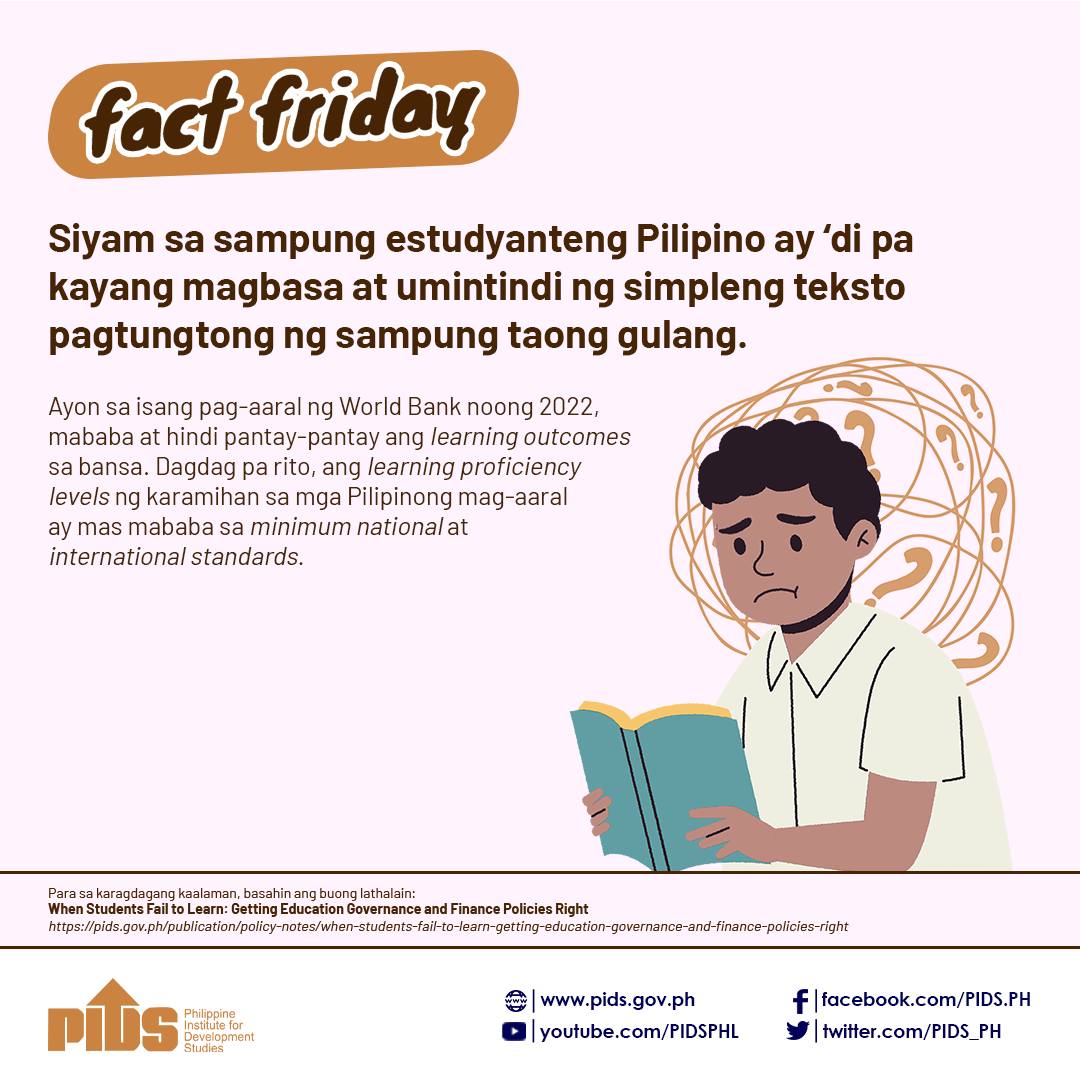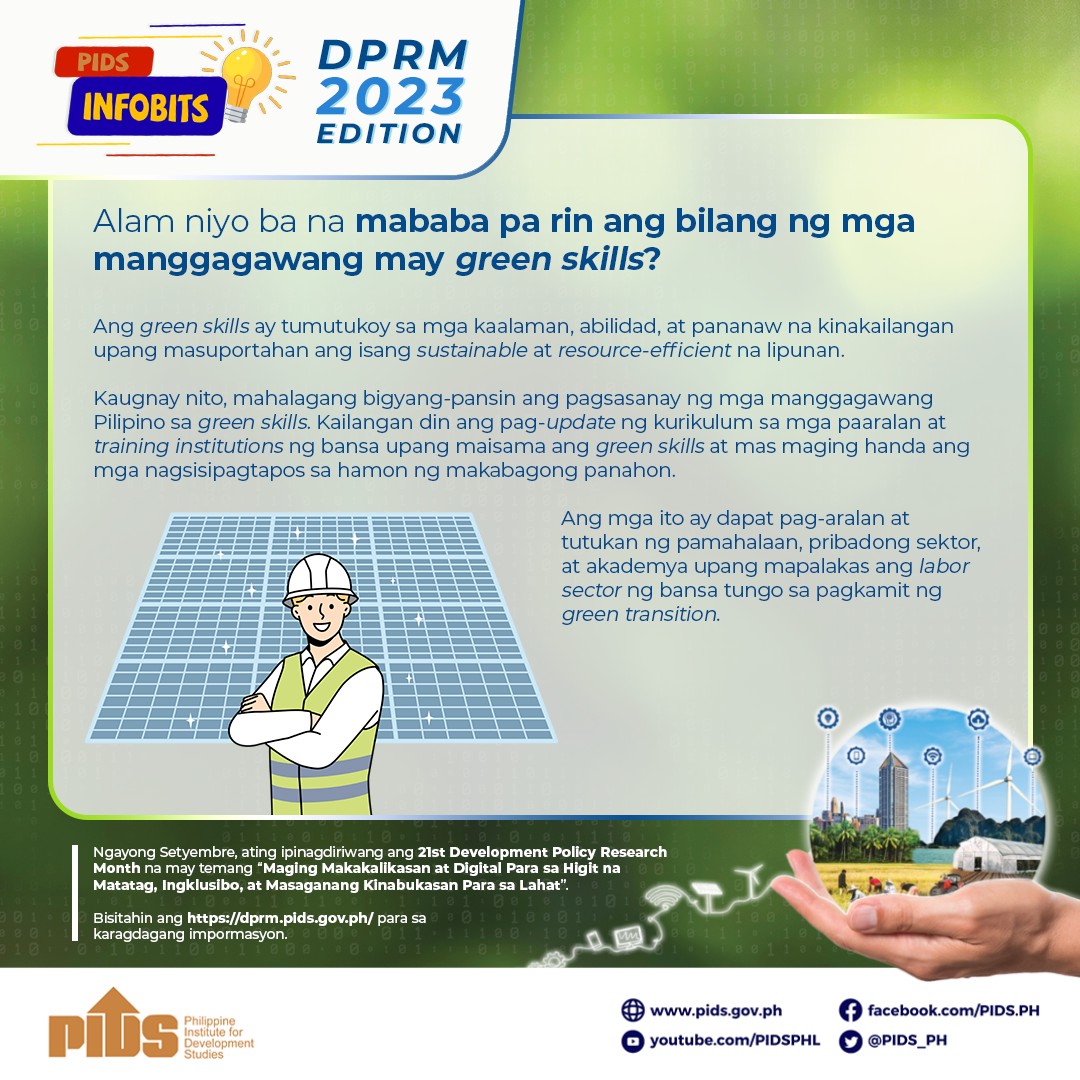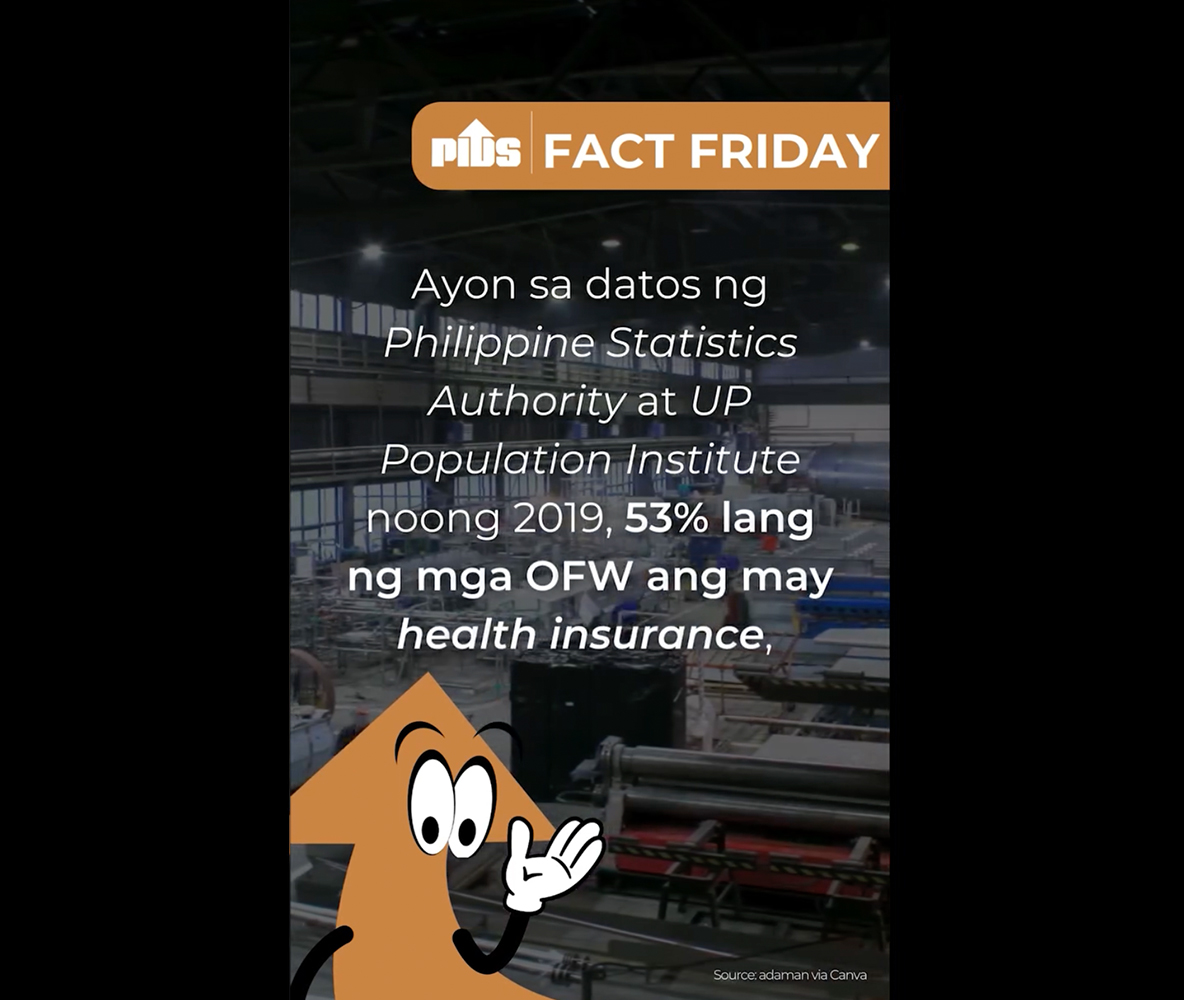“I don’t understand; my FB friends are all ‘pink’, why did we lose?”. “I don’t understand why Robin Padilla won”. These are just some of the posts I see in my social media feeds, coming from all walks of life. But most of them are professionals living comfortable middle to upper class lives; and these types of posts are aplenty.
Why does understanding the Filipino masses remain an enigma to many, so much so that many national candidates and their followers in the last elections failed to win their hearts? Who is the Filipino ‘masa’?
The Filipino masses are defined in terms of their income, based on the paper by Dr. Jose Ramon G. Albert, et. al. of the Philippine Institute for Development Studies. They are composed of the ‘poor’, those households with a size of five members that earn less that PhP10,957 per month; and the ‘low income’, those households that earn between PhP 10,957 to PhP21,914 per month. As of the time of the study in 2018, they comprise 55.2% of the total population in 2018. They spend more than half of their income to food and other necessities; and spend the least in education (1.4% and 1.3% of total expenditures for poor and low income, respectively), compared to lower middle class to rich (between 1.8% to 3.1% of total expenditures).
However, marketing agencies and consumer goods firms normally define the ‘masa’ in terms of socio-economic classes, i.e., those belonging to class D. and E; or lower class earning PhP 328,000 per year or PhP 27,000 per month. They comprise about 75 percent of the population.
In our consultancy work with consumer goods and service companies, we gathered how these organizes define class DE. Their occupations range from lowly paid white-collar workers or skilled workers, lowland farmers, tenant, or foreman, unskilled overseas workers, small business owner, or engaged in services jobs such as plumbing, repairs, masonry, etc. Their education ranged from some elementary schooling to some high school graduates. They live in informal settlements, interior districts, rural houses, and houses in neighbourhoods with same facilities.
Our consultancy work with consumer goods companies even goes as far as defining personas of class DE. One persona is “a truck driver, father of 4, high school graduate, nangungupahan (renting), galing probinsya (from the province), no formal driver training, kumikita P1000/day (earning PhP1000 per day)”. The media and brands used by this persona are “tabloids, Cobra, Ginebra, Emperador, and 3-in-1 coffee”. The motivations of this persona are “pagkain araw-araw (food everyday), mapaaral mga bata (schooling of children). His influencers are ‘radio, social media, fellow truck drivers’.
When we define other personas such as unskilled OFW, market vendor, and others, we see almost the same characteristics.
This is why successful consumer good companies in the Philippines have mastered how to market to the masses. Marketing to the bottom-of-the-pyramid had started the trend in the 1990’s, with the entry of ‘sachet’ products, ranging from telco services, to shampoo, to vinegar, and even alcoholic drinks. This is coupled with targeted messaging, using local language and jargon, and employing local artists that appeal to the masses.
Any consumer goods company, or national candidate for that matter, needs to understand the ‘masa’ persona, by defining his or her personality, frustrations, needs and wants, and motivations, in order to win their hearts and minds. Condescending or patronizing messages to these segments will always backfire and even alienate them, as proven in several marketing case studies, including that in political marketing.
Instead, when marketing to the Filipino masses, empathy should be at the core of understanding them. They should be able to relate to the product, the brand, and the messaging. We should put ourselves in their shoes and in their lives.
The Philippines is comprised not only by the class ABC, but primarily by the masses. This is something that all need to understand.












